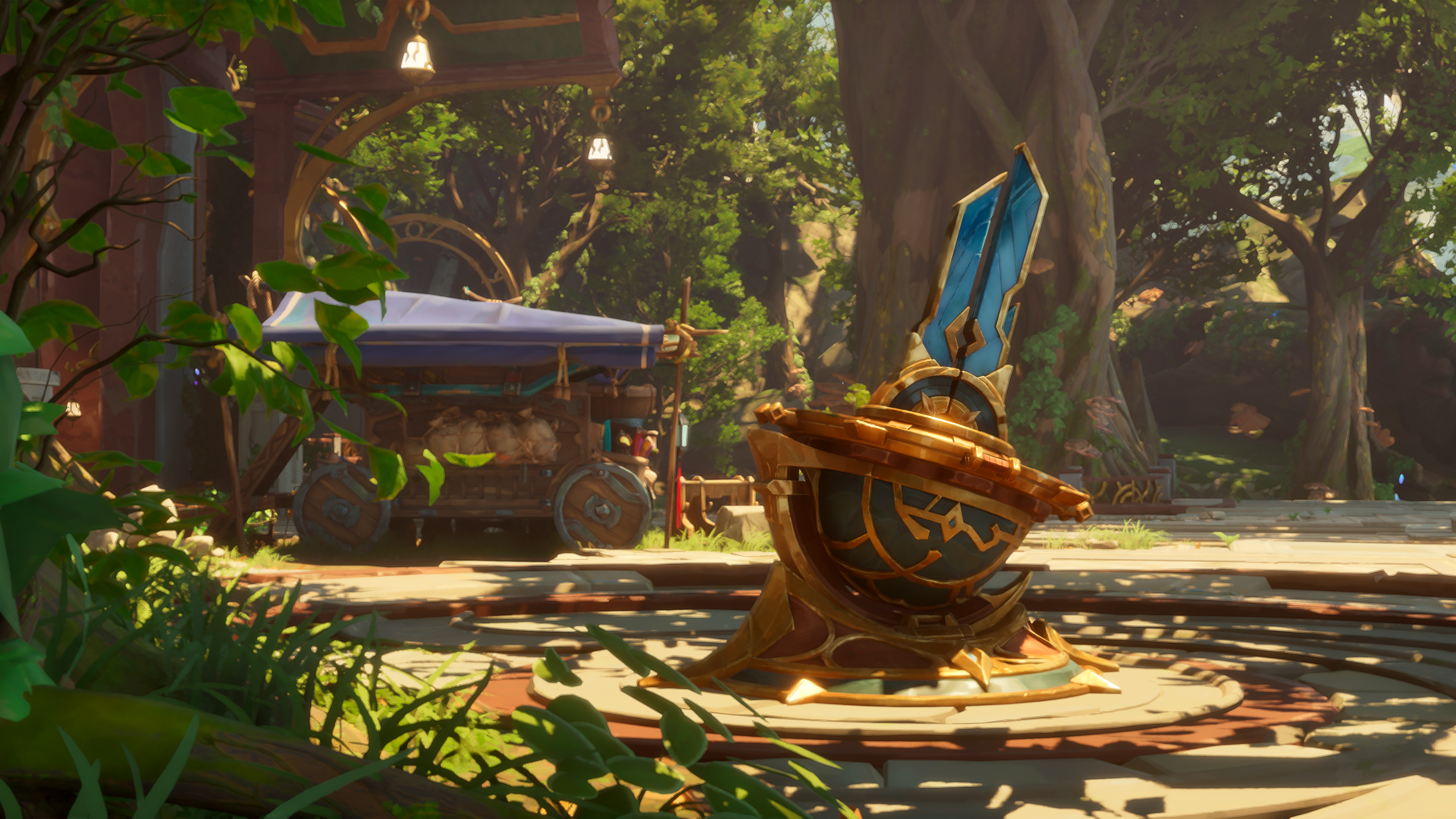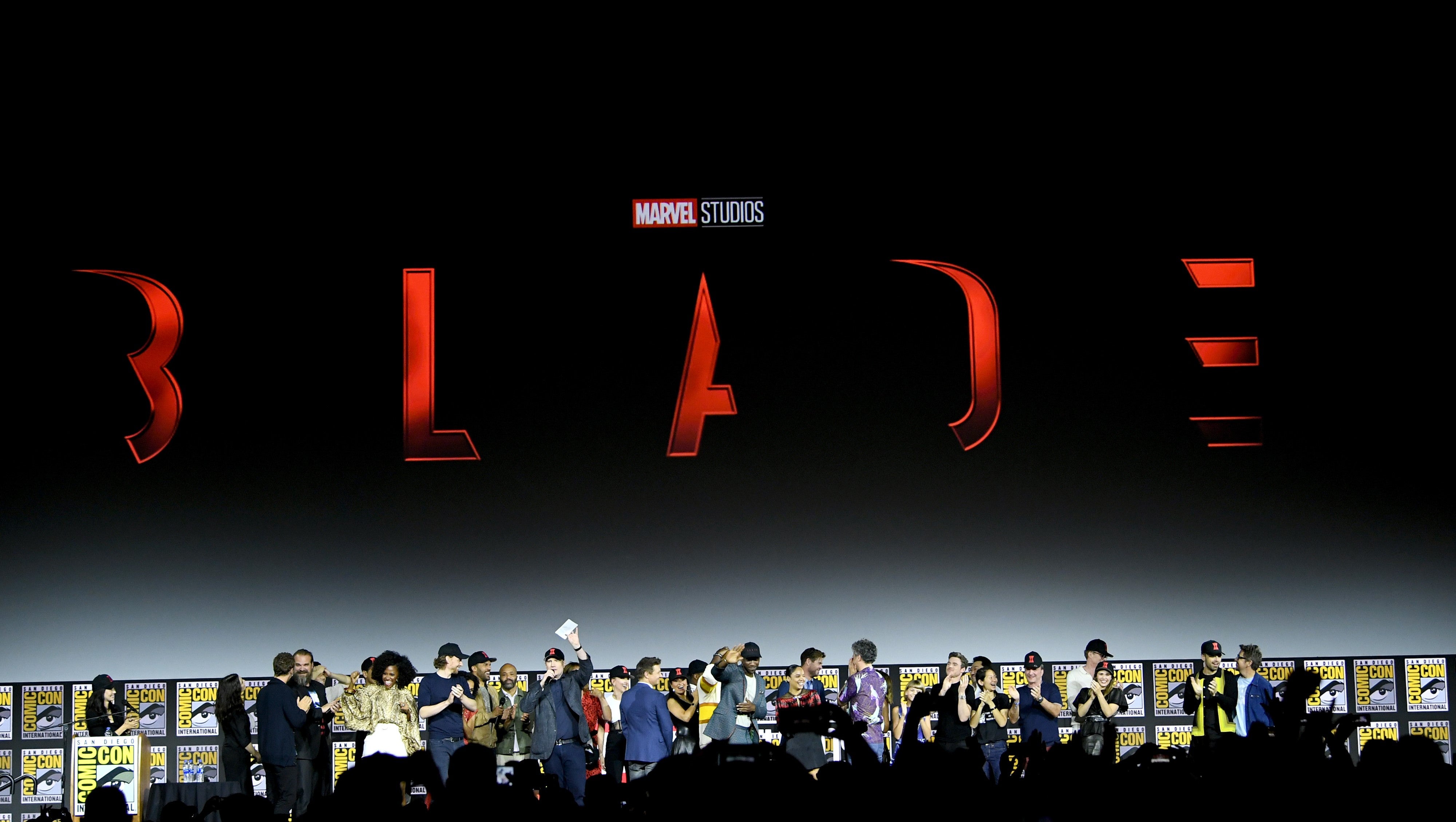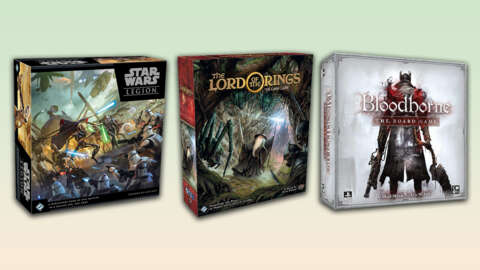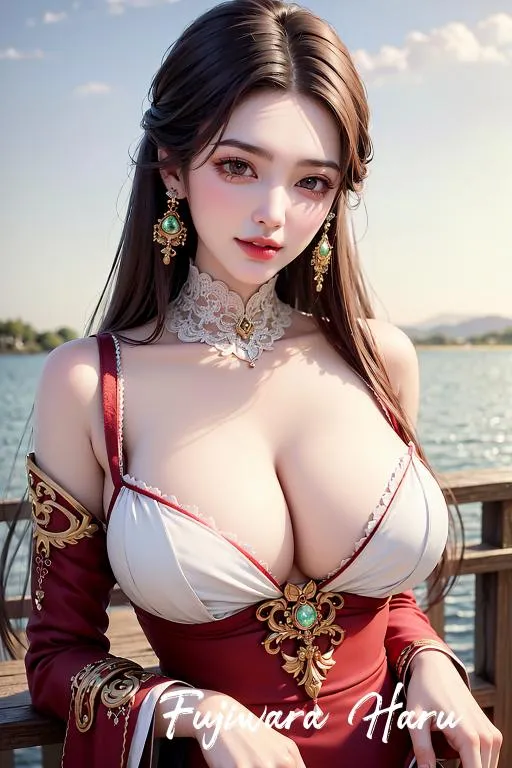In their small office tucked away in Quebec City, Canada, IGN sat down with three of Yellow Brick Games’ technical gurus: CTO Louis Tremblay, VFX Lead Raphaelle Dubois-Beauchamp, and Game Director and Co-Founder Frederic St-Laurent. Together we discussed the unique aspects of their upcoming game, Eternal Strands, which makes impressive use of Unreal Engine 5’s capabilities.
IGN: I keep hearing people on your team talking about the concept of “merging physics with magic.” Can you talk about what that means and how you’re accomplishing that with Unreal 5?
Tremblay: In Eternal Strands, we wanted to merge our magic with the physics gameplay. That was something that […] we wanted to achieve for a very long time is trying to bring the joyfulness of physics games and simulation games into a more action-packed game.
To achieve that, every object in the game has a temperature and we also split the air inside small blocks of air, so everything inside the game has a temperature. We have heat that can propagate from one object to the air environment. We have the opposite, cold can also propagate and cool down objects and cool down the air. So in our game, objects can burst into flames simply because the air around it is hot or something can have its combustion extinguished simply because it's surrounded by cold air.
So for the same reason, we have objects that fall into water, can heat the water, and produce vapor and have smoke effects and stuff like that, so all of our environment is simulating temperature. So we can have cold propagation, heat propagation that can start fires and can be extinguished by other effects. So if I can give an example, a fire breath of a dragon will actually heat the environment and start a fire and that fire will also heat the environment and have fire propagation.
Dubois-Beauchamp: So if, for example, you're fighting the fire drake that will blast fire into your face, you can cast a wall of ice and reflect that fire back at other NPCs […] which is pretty fun. But with these spells also, you can lift stuff with physical force, like there's [telekinesis power] that's pretty fun to play around and I think we haven't spoken about yet, is synergy. So you can mix and match your spells. If you're, for example, creating a bubble of force, you can cast fire into it and create a ball of fire.
St-Laurent: One of the things I'm really proud of is that in typical games, when you [cast] fire or you play with cold, it's living in a bubble around the player. In our case, the way it's built, it's throughout the whole gameplay area, the whole square kilometer of terrain, so if you're in a situation where you can put enough heat in the environment, then the whole map can be on fire and we don't restrain the player with that. There was a lot of thought and a lot of optimization to make that work, but the whole level can be on fire, the whole level can be frozen. Part of, half the map can be on fire and the rest of the map can be freezing cold, too. All of that combines and works and we are never limiting the player on what impact he can have on the world.
IGN: Why was it important for your team to include this sort of stuff in your design philosophy?
St-Laurent: The idea behind having all those powers in a systemic way was to break the mold of the typical gameplay that has its own sets of rules. When I was a kid, I played a lot of D&D. A fireball in D&D does a certain amount of D6 of damage. That's a very, very specific rule that is only usable when you are doing a fireball. In our case, we create fire. That fire can be combined with anything else, so instead of having very specific rules for specific power, we do it in a systemic way that will let them be combined with other elements in the game and letting the player use his imagination to be able to create his own effect and playing with rules instead of playing with a very, very specific set of gameplay elements. It's giving tools to the player to create his own chaos and let them mess with the environment and mess with NPCs. Once that player understands the rules, then it's just playing with them as opposed to just trying to use very fixed rules of gameplay elements.
IGN: Another thing I’ve heard your team talk about is how enemies move – it’s not based on animations alone, but influenced by physics. Can you talk a little bit about how that works and why you think that makes for a better experience for the player?
Tremblay: Unreal's Physical Animation System that we built upon allows us to essentially have physicality in each limb of a creature. So you can think of a typical game, when you play an animation, you move the mesh of the NPCs and the hand moves around in space and stuff like that, but there's no real mechanism for it to avoid it going through collision or going through a wall or something like that. So that's why in multiple games you'll see a sword go through and stuff like that. In our case, hands have weight, knees have weight, the head has weight and all of that impacts how we play the animation. The whole body of the creature tries to follow the animation as opposed to having the animation dictate how a body moves. And because of that, if I try to punch through a wall, then the hand obviously will not be able to go through the wall and will stop there and the whole body will still try to go through.
And because every part of the creature has mass…you'll physically see the creature trying to punch and having his arm being blocked, having a physical impact on the rest of the body. So it creates a lot more realistic movement, but on something that is 25 meters tall, it conveys a lot of sense of weight so when you see something like that, it feels real. It feels that it's interacting with the environment, and for example, if it walks through a tree, then the tree will block some part of it and you'll have immediately the feeling that, "Okay, it hit that tree, it broke the tree, but it imparted some form of physical force and physical impact and realism to seeing that creature move around in their environment."
St-Laurent: What the Physical Animation allows you, for example, in terms of gameplay is, you can have a giant snapping trees in his wake. He can take the trees with his hand, throwing them at you. You can throw it back using the spells.
Tremblay: You can hinder the creature's movement by using your ice power and freeze his arm in space. For example, if he's trying to stomp you, you can cast ice on its leg and block its knee from bending because it's now blocked. Since we're using physical animation to open a knee, you're not just playing an animation.
IGN: Can you give me an example of something cool you’ve seen happen?
Tremblay: I saw at some point the fire drake having his mouth encapsulated in ice. When he tried to breathe fire, because there was ice in the way (and our firepower follows through collisions), so the fire went sideways and killed an NPC on the side. It's a completely random thing that it would be very difficult to do, but since our powers are completely systemic, it's something that just happened.
St-Laurent: Another example where all the physics simulation brought an emergent situation (where I created) this tunnel force field that a flying creature threw its own fireball in, and then it went back towards him as I was jumping in it, so I got catapulted with the fireball and onto the flying creature and I latched into it, and I started to slay it with the sword. That was amazing.
IGN: What are some ways weapons can be paired with powers to do interesting stuff?
St-Laurent: In terms of how the weapon mixed with the magical powers, you have an ice sword that generates spikes of ice on the ground and then you can use your telekinesis power to grab them and throw them at foes. You also have the telekinesis bow. It creates a force field in which you can put heat or cold inside it. You can use that same telekinesis bow to create a successive series of bubbles that will detonate one after the other and all the way up onto an epic. You can use the same bubble to use that as a jump pad for you to latch into a very tall epic.
Tremblay: You can use a fire bow to create steam and block an NPC's vision. You can essentially create cover for yourself. Because it's a bow, you can fire that way and hide through the steam.
St-Laurent: You can breathe fire into a tree log and then use your two-handed sword that is infused with telekinesis to create your own fireball, basically.
For more, check out the first footage of one of Eternal Strands’ boss fights, and keep an eye out for more exclusive coverage all month long as part of IGN First.










